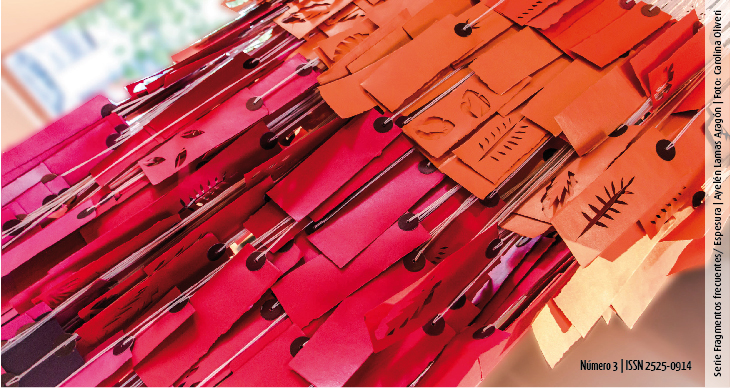Visual Imaginaries around the Feminine
DOI:
https://doi.org/10.24215/25250914e017Keywords:
Feminine nude, Argentine national art, visual imaginaryAbstract
By the end of the XIX Century, Argentina was immersed ina process where the leading figures of all fields intended toposition the country as a world power. At a cultural level theidea of a National Art was set ground. Was in this contextthat certain nude works were noticed and they made history.Other, were barely mentioned and haven’t been analyzeduntil nowadays. Using the analysis of the public and privateplanes, inside and outside the artistic field, an approximationof the visual imaginaries of the time approaches.Downloads
References
Nochlin, L. (2001). ¿Por qué no han existido grandes artistas mujeres? En K. Cordero Reiman e I. Sáenz (Comps.). Crítica feminista en la teoría e historia del arte. Recuperado de https://sentipensaresfem.files.wordpress.com/2016/09/cordero_saenzcomps_critica_feminista_en_la_teoria_e_historia_del_arte2001.pdf
Marchan Fiz, S. (2005). Las artes ante la cultura visual. En Estudios Visuales. La epistemología de la visualidad en la era de la globalización (pp. 75-90). Madrid, España: Akal.
Downloads
Published
How to Cite
Issue
Section
License
Current policy since 2019
The acceptance of the manuscript by the magazine means the non-exclusive cession of the property rights of the authors in favour of the editor, who allows the reuse, after publication (post print), under a license Attribution-NonCommercial-NoDerivatives 4.0 International.
According to these terms, the material can be copied and redistributed by any means or in any format as long as a) the author and original source of the publication are quoted (magazine and URL of the work), access to the license is provided and whether changes have been made is mentioned; and b) the material is not used for commercial purposes.
The cession of non-exclusive rights means that after the publication (post print) in Octante the authors can publish their work in any language, means and format; in such cases it must be mentioned that the material was originally published in this magazine.
Such cession also means the authorization of the authors for the work to be collected by SEDICI, the institutional archive of the Universidad Nacional de La Plata, and to be spread in the databases that the editorial team considers appropriate to increase the visibility of the publication and its authors.
Moreover, the magazine encourages the authors to deposit their productions in other institutional and thematic archives under the principle that offering the society the scientific and academic production without any restrictions contributes to a greater exchange of the global knowledge.























